Patrick - the Name, the Man and the Legends
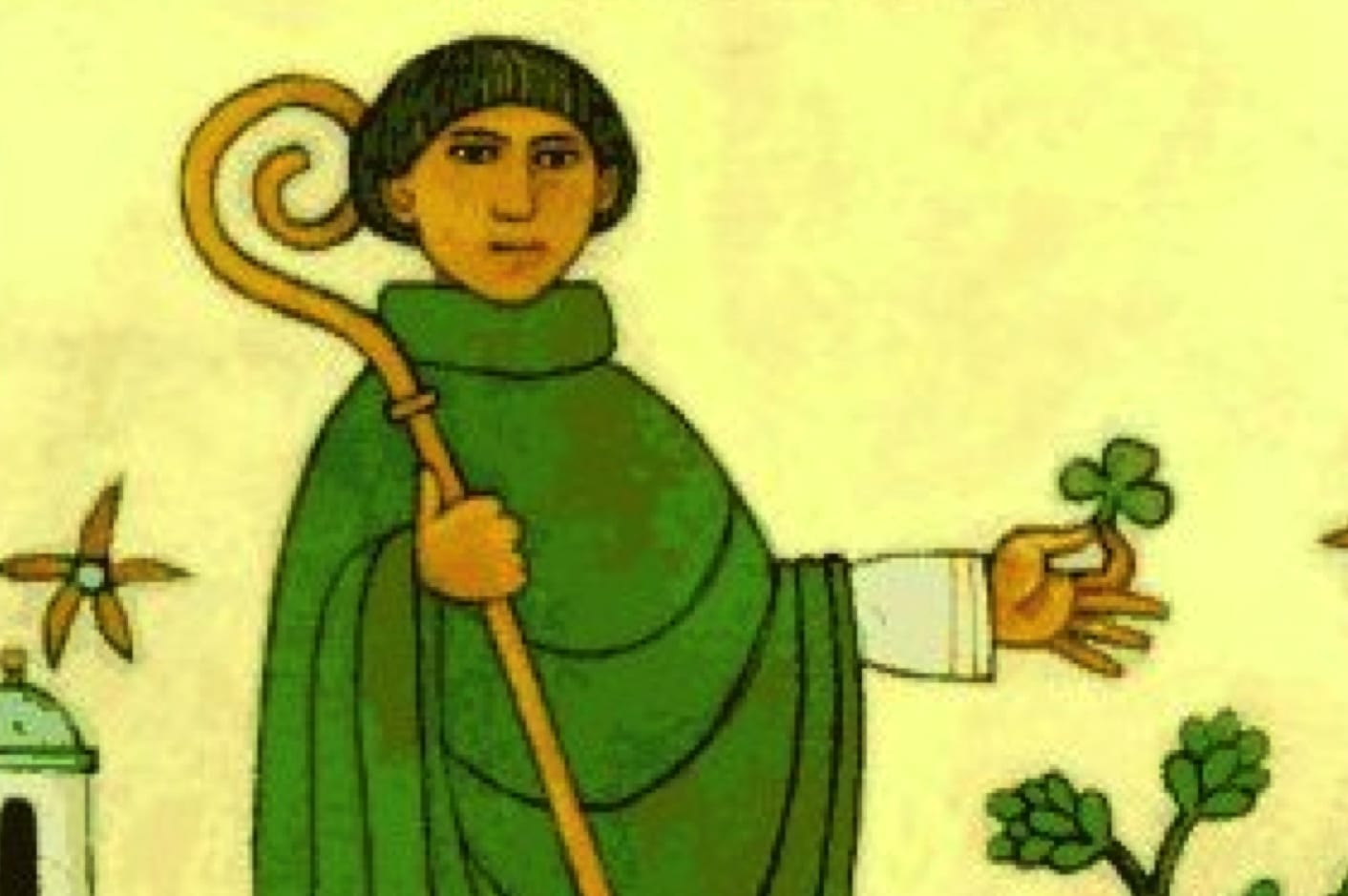
Origin of the Name -Nobleman or Unknown King?
There are two possible origins to the name Patrick. It is a given name derived from the Latin name Patricius which means nobleman. It can also be derived from Old English elements "Pǣga", meaning unknown, and "rīce", meaning king, ruler. We can probably assume that St. Patrick, whose birth name was actually Sucat, had the Latin meaning in his mind when he adopted the name in the 5th-century given his links to Romanised Britain.
In England and elsewhere in Europe during the Middle Ages the name Patrick was used in honour of the saint. However, it was not generally given in Ireland before the 17th century because it was considered too sacred for everyday use. It has since become very common there.
St. Patrick’s Early Life and Connection with Ireland
A lot of the information we have about St Patrick comes from his surviving writing, the Confession of Saint Patrick, in which he gives a short account of his life and his mission.
Patrick came from an influential family steeped in religion. His father, Calpurnius, was a member of city senate in Rome, known as a decurion which was a very powerful position in local politics. He was also also a deacon of the early Christian church. His grandfather Potitus was a priest. Patrick tells us that at this time he was not an active believer himself.
This was all to change when, at the age of sixteen, Patrick tells us, in the Confession , that he was captured from his home in Britain by Irish pirates and enslaved in Ireland. This time he spent in captivity was critical to his spiritual development. While in captivity, he worked as a shepherd and in this solitude, he strengthened his relationship with God through prayer, eventually leading him to convert to Christianity .
Patrick came from an influential family steeped in religion. His father, Calpurnius, was a member of city senate in Rome, known as a decurion which was a very powerful position in local politics. He was also also a deacon of the early Christian church. His grandfather Potitus was a priest. Patrick tells us that at this time he was not an active believer himself.
This was all to change when, at the age of sixteen, Patrick tells us, in the Confession , that he was captured from his home in Britain by Irish pirates and enslaved in Ireland. This time he spent in captivity was critical to his spiritual development. While in captivity, he worked as a shepherd and in this solitude, he strengthened his relationship with God through prayer, eventually leading him to convert to Christianity .
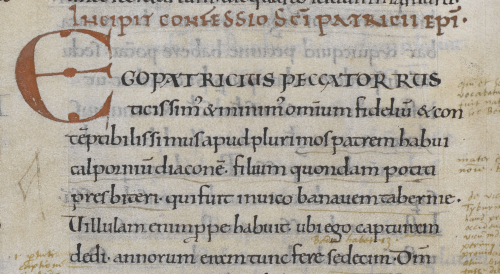
An extract from St Patrick's Confession
After six years of captivity ,Patrick heard a voice telling him that he would soon go home, and that his ship was ready. He took this as a message to run away from his servitude. In his writings, he tell us that he escaped to a port, two hundred miles away, where he found a ship and persuaded the captain to take him on board. After three days' sailing, they landed, presumably in Britain, and apparently all left the ship, walking for 28 days in a "wilderness" and becoming faint from hunger. After Patrick prayed for sustenance, they encountered a herd of wild boar. This greatly impressed the group apparently. Patrick made it back to his family and, now in his early twenties, he continued to study Christianity and eventually became a bishop and went back to Ireland as a missionary. He is traditionally credited with Christianising the island, and is regarded as Ireland's patron saint.
The St Patrick’s Day Parade
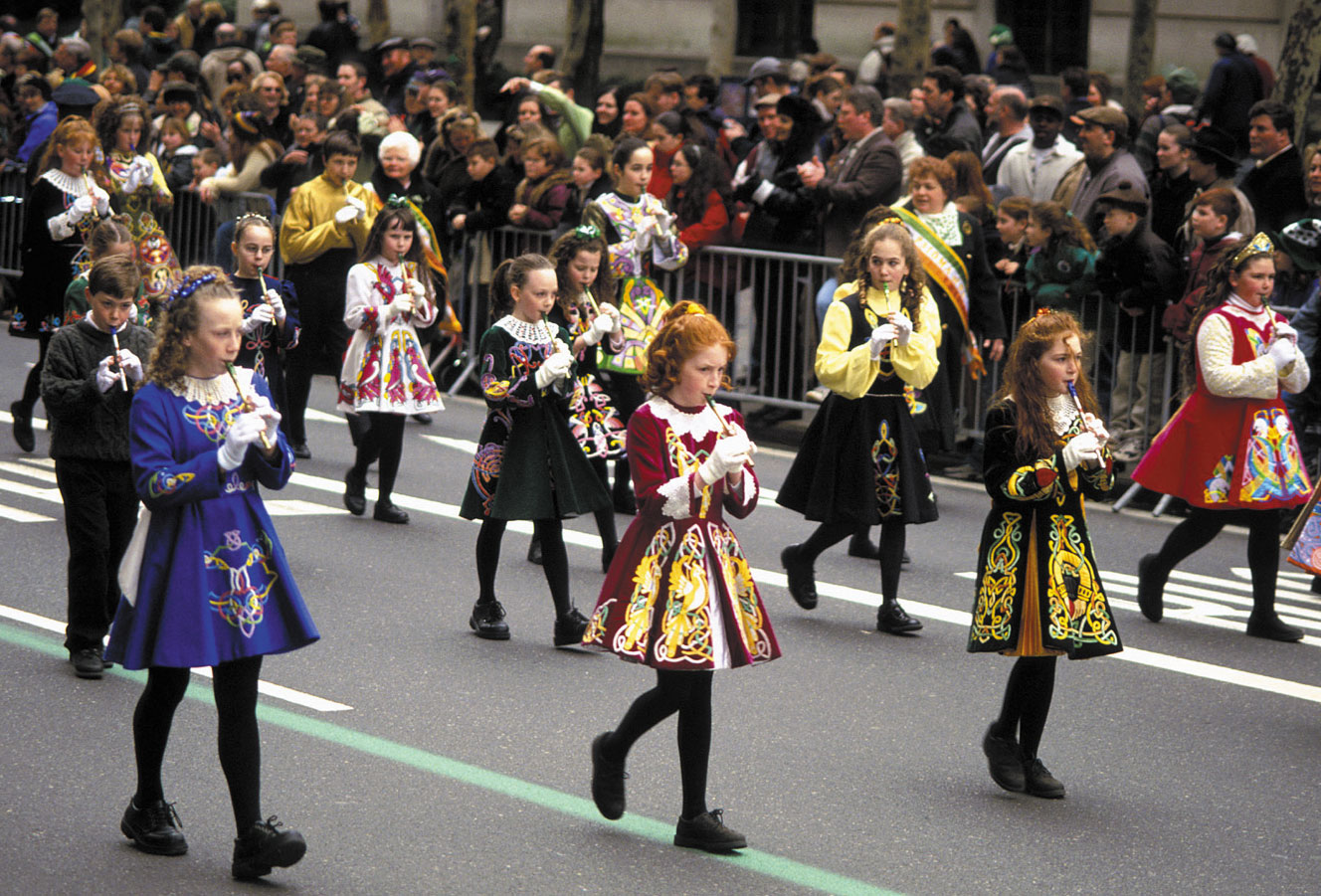
Records show that a St. Patrick’s Day parade was held on March 17, 1601 in a Spanish colony under the direction of the colony's Irish vicar, Ricardo Artur. More than a century later, homesick Irish soldiers serving in the English military marched in Boston in 1737 and in New York City on March 1762. when the Church established a Feast Day honouring St. Patrick, who was by now the patron saint of Ireland.
It wasn’t until 1798, the year of the Irish Rebellion, that the colour green became officially associated with the day. Up until the rebellion, the colour associated with St. Patrick was blue, as it was featured both in the royal court and on ancient Irish flags. But as the British wore red, the Irish chose to wear green, and they sang the song “The Wearing of the Green” during the rebellion, cementing the colour’s relevance in Irish history.
It wasn’t until 1798, the year of the Irish Rebellion, that the colour green became officially associated with the day. Up until the rebellion, the colour associated with St. Patrick was blue, as it was featured both in the royal court and on ancient Irish flags. But as the British wore red, the Irish chose to wear green, and they sang the song “The Wearing of the Green” during the rebellion, cementing the colour’s relevance in Irish history.
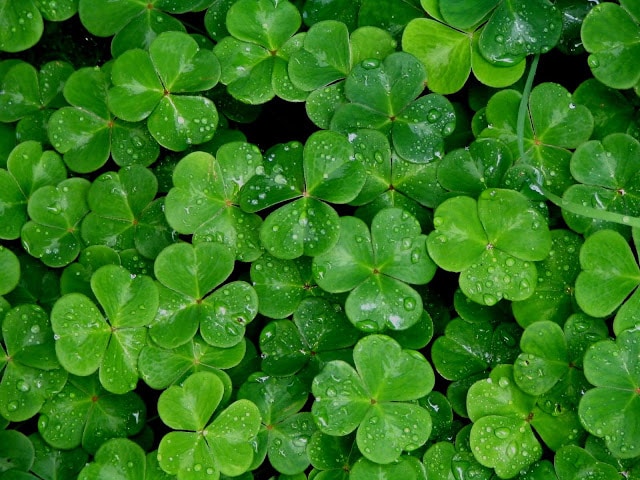
The Shamrock
The shamrock, a three-leaf clover, has long been associated with Ireland. It was called the “seamróg” by the Celts and was considered a sacred plant, symbolising the rebirth of spring. Although the shamrock is associated with St. Patrick, it was likely already in use in Ireland as a popular symbol of the Tua Cross among Celtic Druids. The number three was also considered a mystical number in the Druidic religion, making the shamrock a sacred plant. According to legend, St. Patrick used the plant as a visual guide when explaining the Holy Trinity.
By the 17th century, the shamrock had become a symbol of
emerging Irish nationalism. As the English began to seize Irish land and
make laws against the use of the Irish language and the practice of
Catholicism, many Irish began to wear the shamrock as a symbol of their
pride in their heritage and their displeasure with English rule.
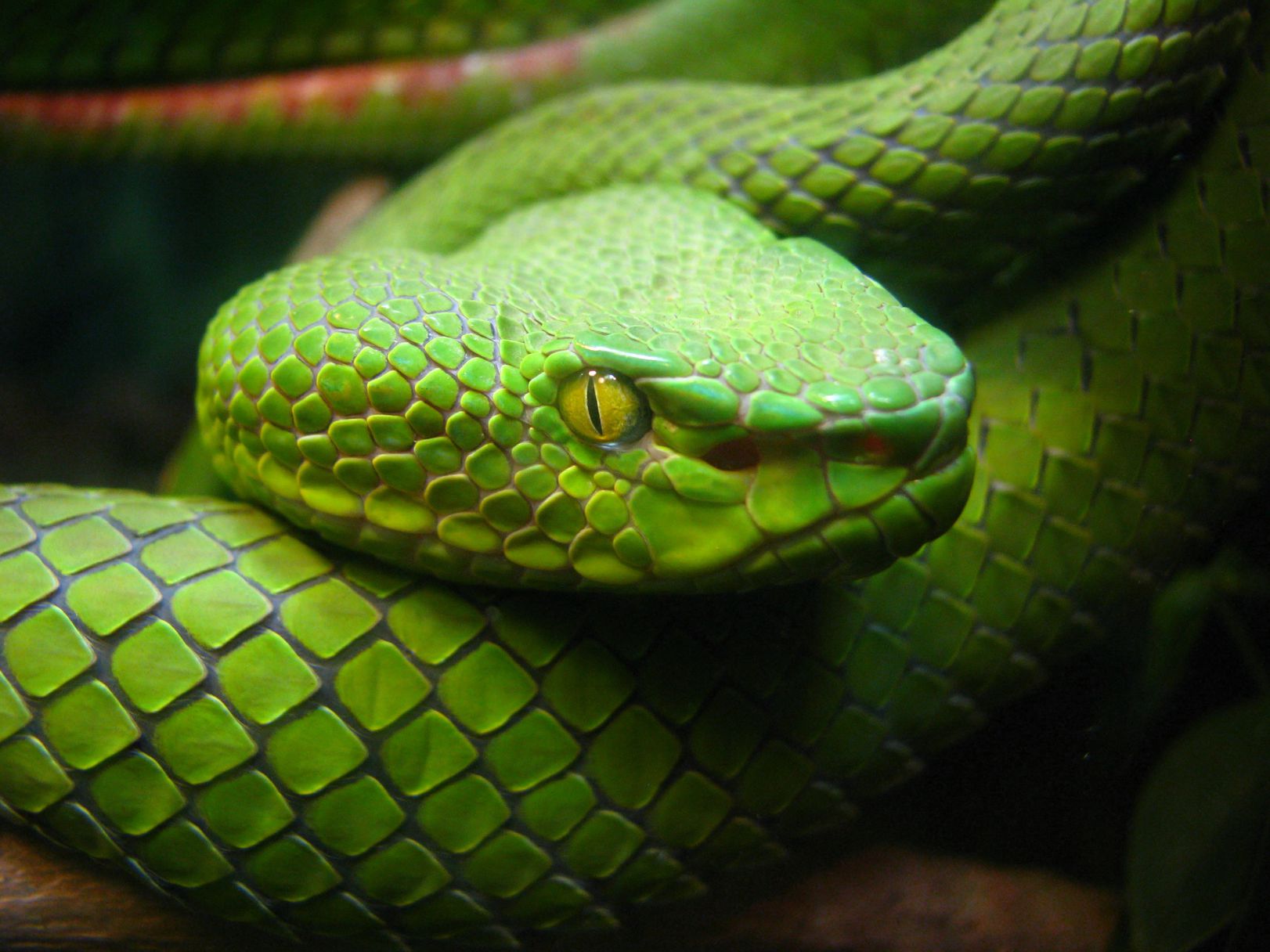
The Snake Story
It is often said that, during his mission in Ireland, St. Patrick once stood on a hilltop (now called Croagh Patrick), and with only a wooden staff by his side, banished all the snakes from Ireland.
In fact, research suggests snakes never occupied the Emerald Isle in the first place. There are no signs of snakes in the country’s fossil record. And water has surrounded Ireland since the last glacial period. Before that, the region was covered in ice and would have been too cold for the reptiles.
In fact, research suggests snakes never occupied the Emerald Isle in the first place. There are no signs of snakes in the country’s fossil record. And water has surrounded Ireland since the last glacial period. Before that, the region was covered in ice and would have been too cold for the reptiles.
It is suggested that the “banishing of the snakes” was really a metaphor for the eradication of pagan ideology from Ireland and the triumph of Christianity.
Famous Pats, Patricias, Patricks & Paddys

Pat Methany, Jazz Musician
Paddy Casey, Irish Singer-songwriter
Ricky Gervais, actor and writer
Patti Smith, Singer
Patricia Neal, Actress
Patrick Stewart, British actor
Patrick Duffy, American actor
Pádraig Harrington, Golfer
Patrick Dempsey, American actor
Patrick Swayze, American actor
Patrick Warburton, American Actor
Patty (Patrick) Walters, Singer in AS IT IS
Patrick Kielty, Irish comedian
Patrick Wilson, American actor
Neil Patrick Harris, American actor
Patrick Chung, American football player of the New England Patriots
Patrick Kane, professional hockey player (Chicago Blackhawks)
Paddy Ashdown, British politician
Paddy Casey, Irish Singer-songwriter
Ricky Gervais, actor and writer
Patti Smith, Singer
Patricia Neal, Actress
Patrick Stewart, British actor
Patrick Duffy, American actor
Pádraig Harrington, Golfer
Patrick Dempsey, American actor
Patrick Swayze, American actor
Patrick Warburton, American Actor
Patty (Patrick) Walters, Singer in AS IT IS
Patrick Kielty, Irish comedian
Patrick Wilson, American actor
Neil Patrick Harris, American actor
Patrick Chung, American football player of the New England Patriots
Patrick Kane, professional hockey player (Chicago Blackhawks)
Paddy Ashdown, British politician
If you enjoyed this blog post, you can buy me a coffee at the "Buy me a Coffee" link below. Thanks for reading!
Looking for a unique gift for the Patrick in your life? We can personalise our Whiskey Stone box lids to say whatever you want and we ship worldwide!
Click to find out more here
Happy St Patrick's Day to everyone!



